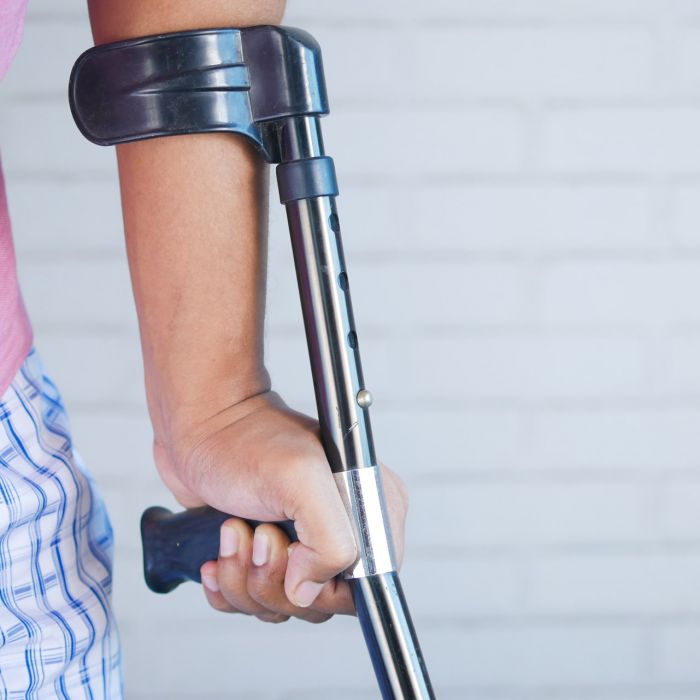How Does Product Liability Work in Ohio?
Injuries and accidents happen all the time. Injuries caused by a defective product may qualify you for a product liability lawsuit.
The Consumer Product Safety Commission (CPSC) organizes its accident, injury and fatality statistics into the following categories.
- Amusement Rides
- All-terrain vehicles and recreational off-road vehicles
- Carbon monoxide
- Chemicals
- Electrical
- Electrocutions
- Fire
- Fuel, lighters and fireworks
- Furniture and decor
- Home appliances, maintenance and construction
- Kitchen and dining
- Nonpool submersions
- Nursery products
- Older adults
- Other children’s products
- Other furniture and décor
- Other sports
- Pediatric poisonings
- Playgrounds
- Pool and spas
- Portable generators
- Portable generators and engine-driven tools
- Public facilities and products
- Sports and recreation
- Tipovers
- Toys
- Toys and children’s products
As extensive as that list is, it omits cars, trucks, automotive equipment, and a whole range of other items and devices that people regularly use in their homes and at work.
The categories of consumer products that are monitored for the harms they cause exist, first, to identify dangerous and defective items. That information is then used to either make products safer or to remove them from the market.
Second, the CPSC’s list reflects the bedrock legal principle that companies and individuals who make and sell products have enforceable duties to ensure their products will not injure or kill people. Breaching those duties creates product liability.
How Does Ohio Define Product Liability?
Section 2307.71 of the Ohio Revised Code (O.R.C.) states that manufacturers or suppliers face product liability when one of the items they make or sell causes a death or injury because the item
- Was poorly designed, formulated, constructed, assembled, repaired, or tested;
- Was deceptively or fraudulently marketed;
- Lacked sufficient warnings;
- Lacked adequate instructions for safe use; or
- Failed “to conform to any relevant representation or warranty.”
This section of the O.R.C. also defines a manufacturer as “a person [or company] engaged in a business to design, formulate, produce, create, make, construct, assemble, or rebuild a product or a component of a product.” Under the law, a supplier is either “a person [or company] that, in the course of a business conducted for the purpose, sells, distributes, leases, prepares, blends, packages, labels, or otherwise participates in the placing of a product in the stream of commerce” or “a person [or company] that, in the course of a business conducted for the purpose, installs, repairs, or maintains any aspect of a product.”
Grounds for filing a product liability lawsuit exist when the use of a defective or dangerous product directly causes death, physical injury or emotional distress to a person. The use can be one time for over an extended period. Property damage from a defective or dangerous product can also merit a lawsuit.
How Long Do I Have to File a Product Liability Claim in Ohio?
Generally, section 2305.01 of the O.R.C. sets the statute of limitations for a product liability claim at two years from the date on which a personal injury or wrongful death occurred. The law further specifies that injuries or deaths that happen more than 10 years after a product was purchased will not support claims for compensation.
A major exception to the statute of limitation involves injuries or death due to an exposure or ingestion of medications or hazardous and toxic chemicals, or the implantation or use of a medical device. In those situations, the deadline for filing a product liability lawsuit extends from the date on which a diagnosis of the harm was made.
What Types of Damages Can Be Claimed in a Product Liability Lawsuit?
Ohio’s product liability laws allow victims to demand compensatory and punitive damages. Compensatory damages are monetary settlements or jury awards that cover the costs of the victim’s past and future medical treatments, replace lost wages and future earnings, and compensate the victim for physical and emotional pain and suffering.
Punitive damages are noncriminal fines assessed to penalize a negligent or reckless manufacturer or supplier. These are also called exemplary damages because the financial penalty is meant to serve as an example of what could happen to another person or company that acts in a similarly negligent or reckless way. Only a jury can award punitive damages, but a product liability claim can be settled without going to trial.
On a final note, when a dangerous or defective product kills a user, Ohio law permits the victim’s spouse, adult child, next of kin, relative, or legal executor to file a wrongful death claim on the deceased victim’s behalf.



